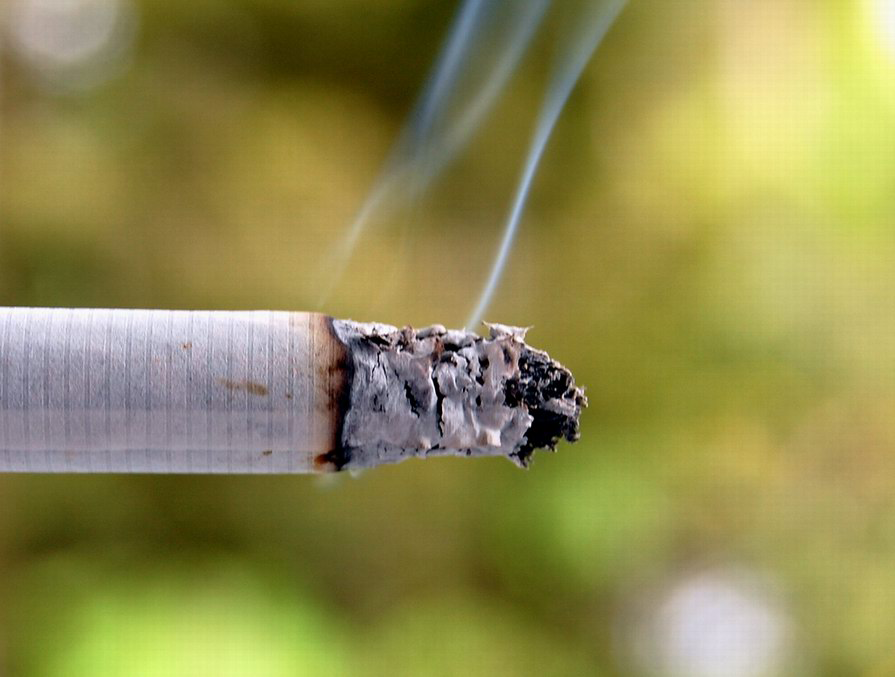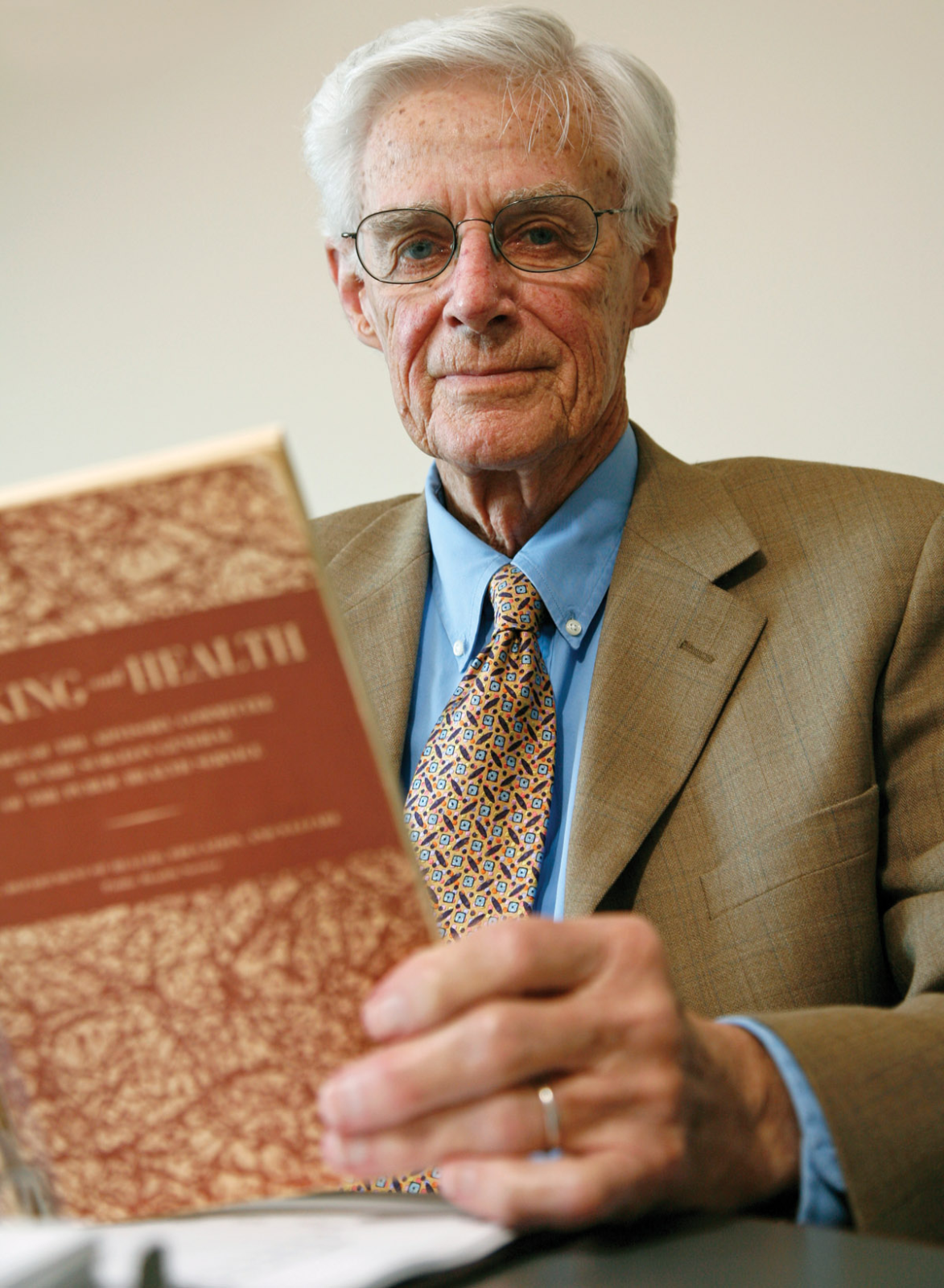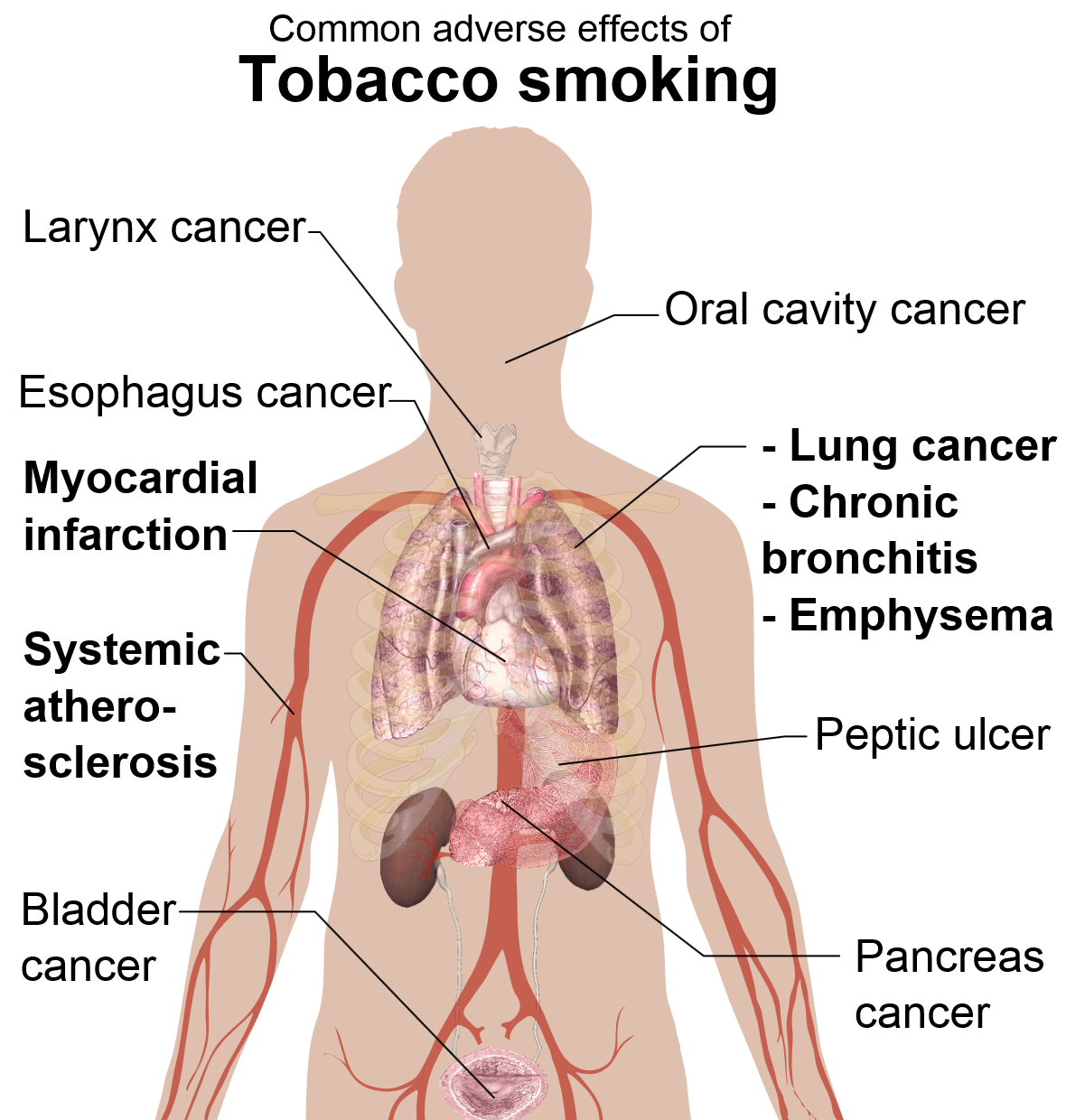Cancer Prevention
by Andy Boyd
Today, pounds or ounces? The University of Houston presents this series about the machines that make our civilization run, and the people whose ingenuity created them.
In 1962, President John F. Kennedy got word of a report issued by the Royal College of Surgeons. It contained a clear and, at the time, bold statement about links between smoking and lung cancer. Kennedy wanted to know more. As a result, the U.S. Surgeon General put together a small committee of specialists to prepare a report. The committee was set to deliver it to the President on November 24, 1963. But two days before the scheduled meeting, Kennedy was assassinated. Members of the committee contacted the White House offering to postpone the meeting. But First Lady Jacqueline Kennedy said, "No, President Kennedy would have liked for you to do it. He was anxiously awaiting the information."

Photo Credit: Wikimedia
The report proved to be one of the great turning points in the history of public health. Prior to its release, the connection between smoking and cancer wasn't widely recognized. Less than 40 percent of Americans thought smoking was harmful. Something had to change.
Among the committee members was a young Charles LeMaistre, who would go on to serve as Chancellor of the University of Texas System, and later as President of the M.D. Anderson Cancer Center. Being involved with the report had a huge impact on LeMaistre. It wasn't just the medical evidence he encountered, but the politically fraught environment. The tobacco industry was large and powerful. Thousands upon thousands of jobs were at risk, as were vast tax revenues. And on top of it all, people liked smoking. They more than liked it. They were addicted.

Dr. Charles LeMaistre Photo Credit: University of Texas M. D. Anderson Cancer Center
LeMaistre went on to spearhead development of an evolutionary idea at M.D. Anderson - that of cancer prevention. And not just lung cancer, but all forms of cancer. While M.D. Anderson wasn't alone in its efforts, under LeMaistre's direction the center was a leader in changing the way we look at cancer. Today, cancer prevention includes screening tests, treatments for fighting addiction, and clinics on healthy living.
But in the years following the Surgeon General's report, emphasis was on simply getting the word out about smoking and lung cancer. The effort took decades, but the results were clear. In 1965, 42 percent of adults in the U.S. smoked. By 2014, that number had dropped to 17 percent. That's much better. But 17 percent is still a large number, making smoking the single largest preventable cause of death in the U.S. A half-million people die every year as a consequence of smoking.

Photo Credit: Wikimedia
Viewed as an engineering problem, cancer prevention is proof of the adage that an ounce of prevention is worth a pound of cure. Cancer treatment is unpleasant and expensive. But thanks to the work of Charles LeMaistre and the thousands of dedicated healthcare professionals focused on disease prevention, we're living longer, healthier lives.

Photo Credit: University of Texas M. D. Anderson Cancer Center
I'm Andy Boyd at the University of Houston, where we're interested in the way inventive minds work.
(Theme music)
Information on Charles LeMaistre and the meeting with President Kennedy was taken from transcripts provided by the M.D. Anderson Cancer Center. Many thanks to Allison Schaffer for her help in providing them.
Burden of Tobacco Use in the U.S. From the Centers for Disease Control website: Click here. Accessed May 16, 2017.
"Charles LeMaistre." Houston Chronicle, February 12, 2017. See also: Click here. Accessed May 16, 2017.
Ten Great Public Health Achievements in the 20th Century. From the Centers for Disease Control website.
Tobacco Related Mortality. From the website of U.S. Surgeon General: Click here.Accessed May 16, 2017.